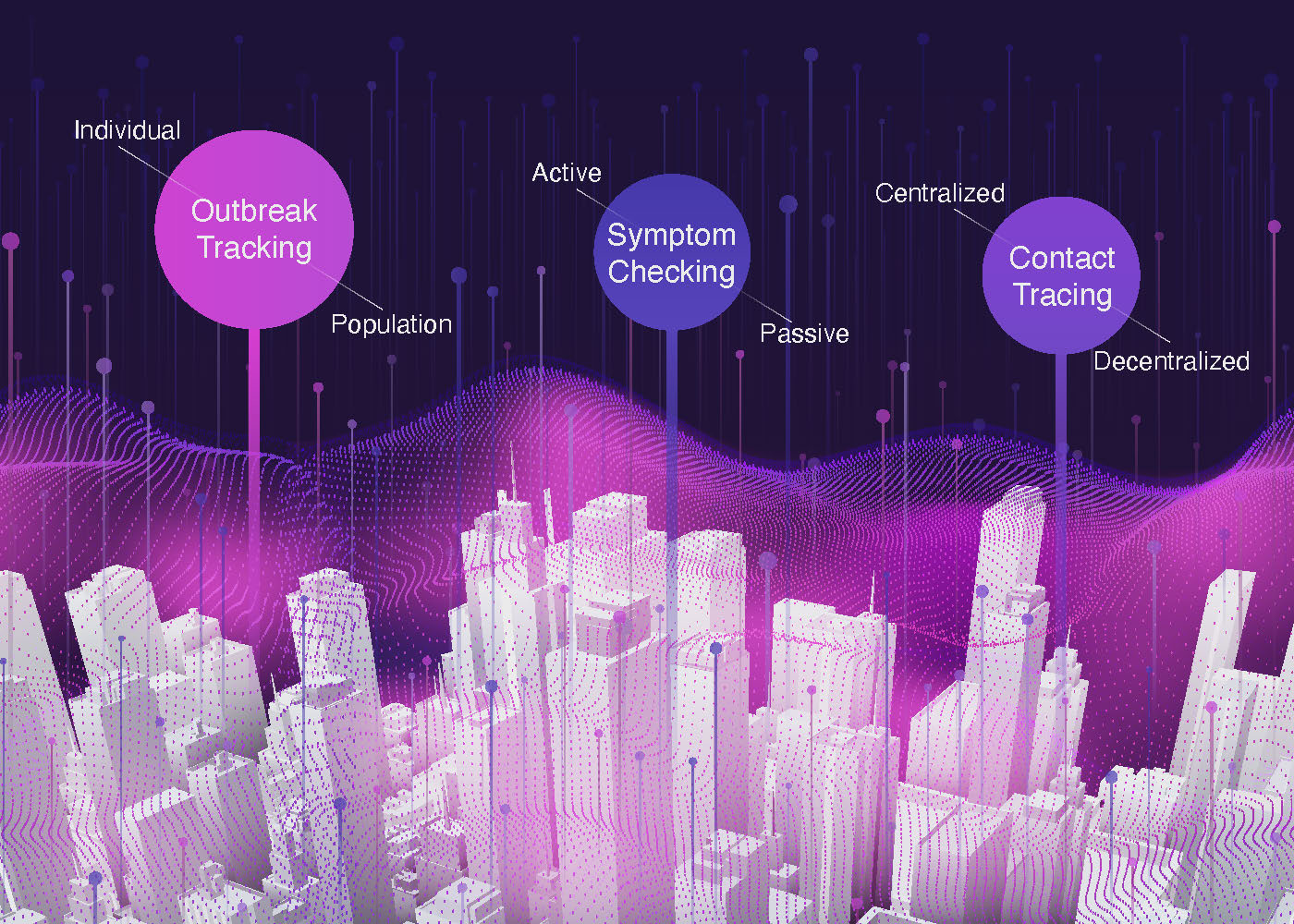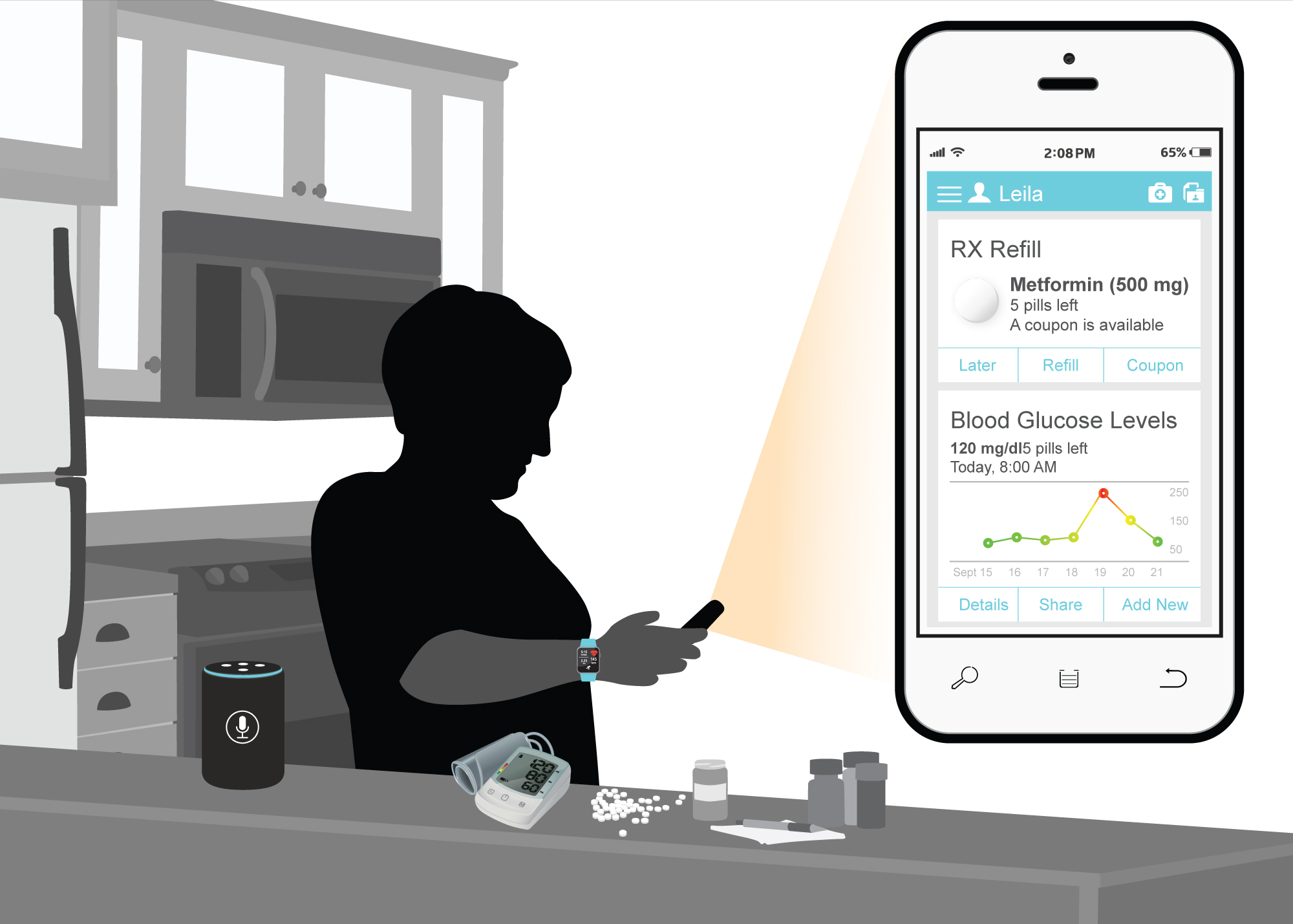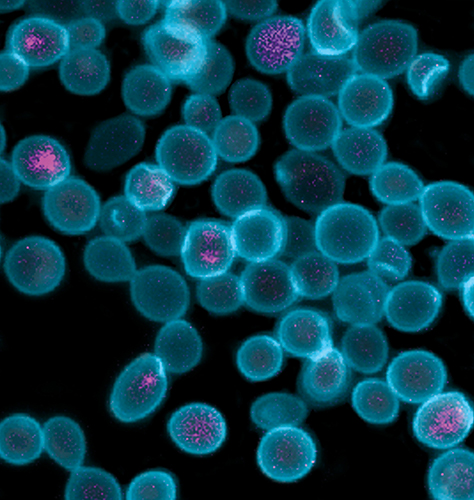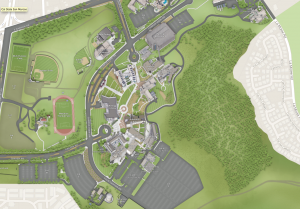I had the honor of working directly with the researchers in the Scripps Research Translational Institute to create custom illustrations to be published with their papers in The Lancet. The Lancet is a weekly peer-reviewed general medical journal. It is among the world’s oldest, most prestigious, and best known general medical journals. These papers focus on the ground-breaking research Dr. Eric Topol’s team conducts in individualized medicine.
Illustration Process
- Identify the story line of the paper (characters, setting, conflict, resolution)
- Construct illustration that is relatable and scientifically accurate
- Revise to meet all researcher’s objectives
- Deliver illustration to publication that is easily adaptable to the rest of the issue
I had the honor of working with the Schultz Lab at Scripps Research to illustrate microorganisms they created for a couple of scientific papers that may recapitulate key features of organisms thought to have lived billions of years ago, allowing them to explore questions about how life evolved from inanimate molecules to single-celled organisms to the complex, multicellular lifeforms we see today. The researchers report engineering the microbes in two papers, one published October 29, 2018 in the Proceedings of the National Academy of Sciences (PNAS) and another published August 30, 2018 in Journal of the American Chemical Society (JACS).
“These engineered organisms will allow us to probe two key theories about major milestones in the evolution of living organisms—the transition from the RNA world to the DNA world and the transition from prokaryotes to eukaryotes with mitochondria,” says Peter Schultz, PhD, senior author on the papers and president of Scripps Research. “Access to readily manipulated laboratory models enables us to seek answers to questions about early evolution that were previously intractable.”
These findings were also published on Eureka Alert, The SD Union Tribune, Cosmos and Genetic Engineering & Biotechnology News.
Illustration Process
- Construct illustration that is relatable and scientifically accurate
- Revise to meet all researcher’s objectives
- Deliver illustration to publication that is easily adaptable to the rest of the issue




